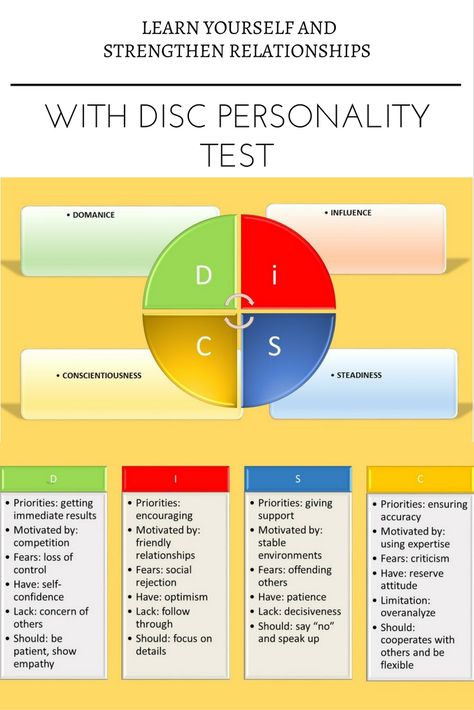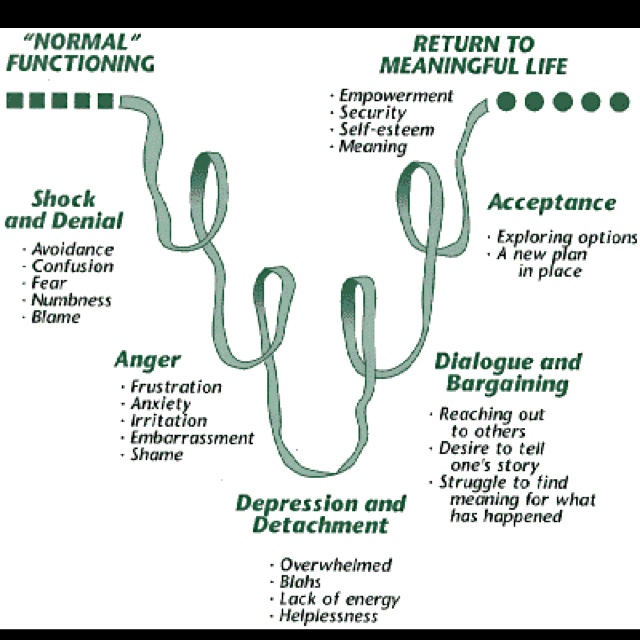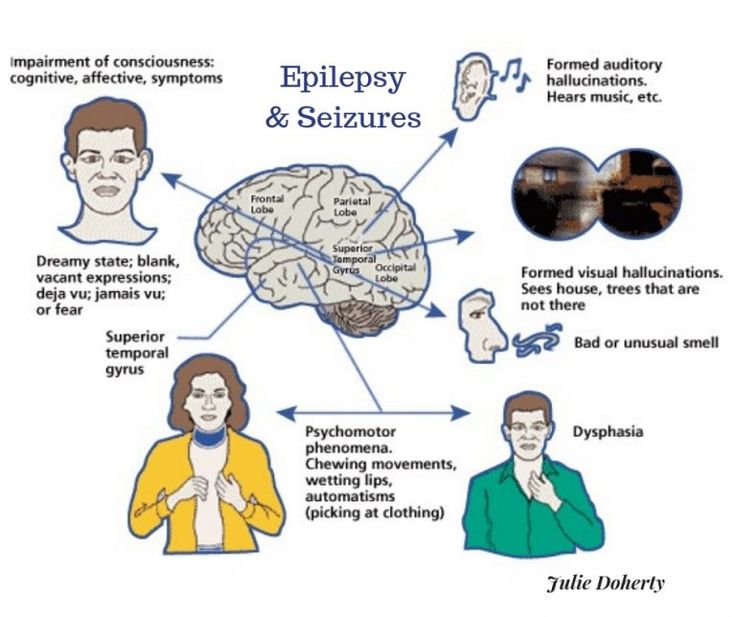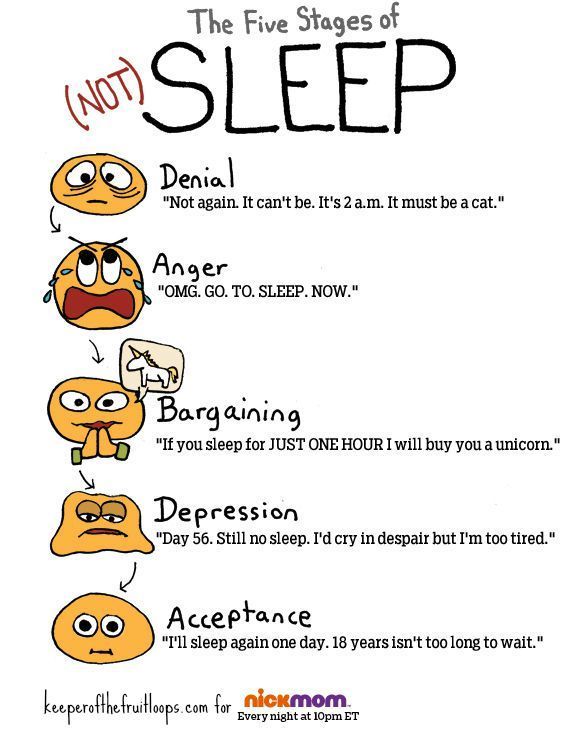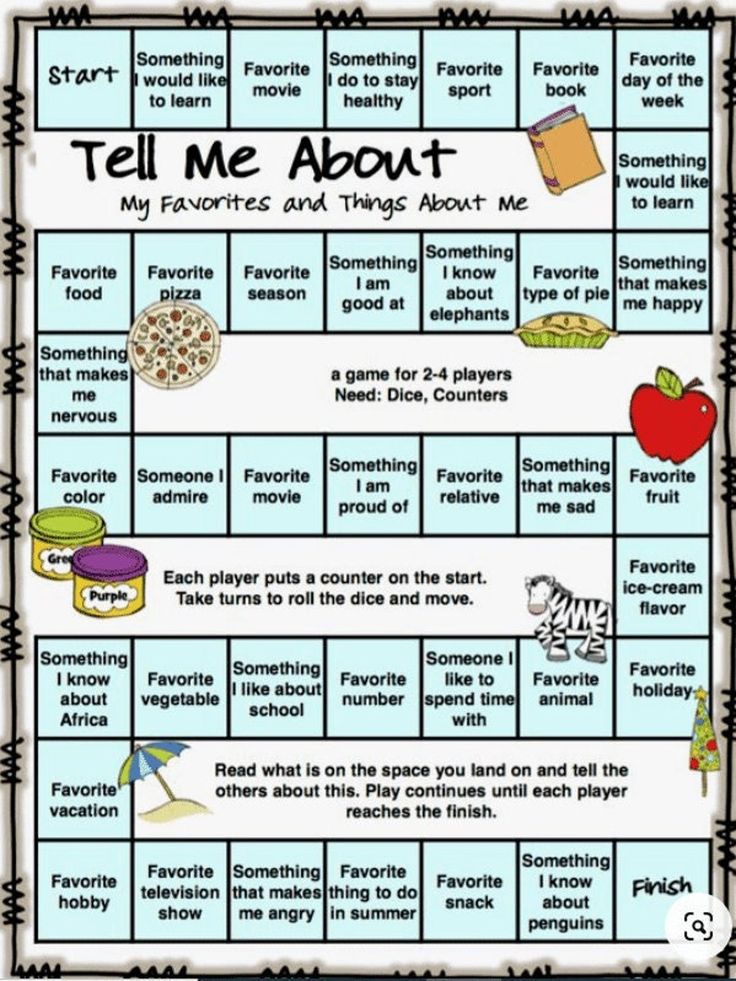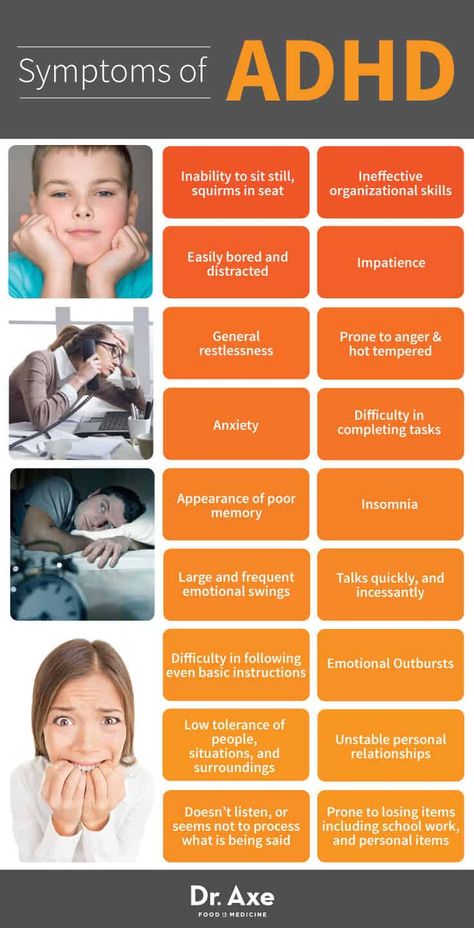Fear anxiety depression
When Fear Causes Anxiety & Depression
By Anna McKenzie
Fear can protect us from harm, but it can also cause harm. When we feel constantly under threat — whether from our circumstances or unresolved trauma — we become vulnerable to developing mental health issues or experiencing a mental health crisis. So, how should we respond when we feel fear? Learning to let fear do its job of warning us of danger without letting it ferment into anxiety and depression is key.
The Role and Impact of FearWe are always exposed to situations that cause us to be afraid: shootings, crime sprees, tragedies in war-torn areas, natural disasters, wildfires, political tensions, a life-threatening pandemic. Just about anything can cause us to become entrenched in fear and pessimistic about the future. For those who experience these situations firsthand, acute mental distress is often the result. For instance, a
PLOS Medicine study showed that asylum seekers and refugees experience high rates of post-traumatic stress disorder (PTSD) and depression.
But you don’t have to be involved in frightening or life-threatening events to experience distress from them. Simply hearing or reading about them may be enough to generate fear. Our increased exposure to everything can impair our mental state if we aren’t careful. But what if fear itself isn’t actually the problem?
An interview with The Meadows’ Chief Medical Officer Jon Caldwell, MD, on our Beyond Theory podcast discusses the role and impact of fear:
“Fear has this evolutionary function where it helps to alert us of possible dangers in our environment. It’s a very potent emotion,” says Dr. Caldwell. “What I’ve found really interesting is the way that fear can sometimes run amuck and really have a strong presence in our lives, to the point where it can control us.”
It’s only when we allow fear to escape its boundaries that we are hampered by it. In the right role, fear is indispensable to us; when it’s pervasive or unprocessed, it can greatly inhibit us.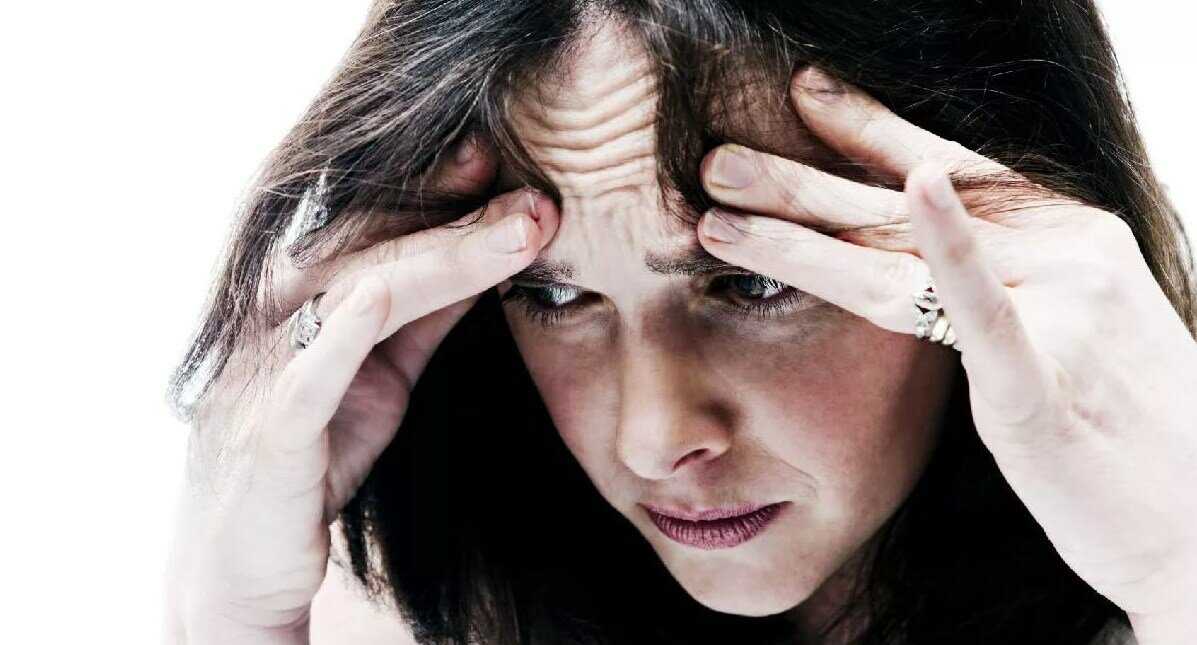 That’s because fear can precipitate anxiety.
That’s because fear can precipitate anxiety.
It’s important to understand the relationship between fear and anxiety, especially if you have suffered from long-term or debilitating anxiety. According to the National Alliance on Mental Illness (NAMI), anxiety results from “avoiding core emotions and needs.” We may feel fear, and instead of being able to express or move through it, we suppress our emotions related to it, and it leads to anxiety.
Anxiety as a result of pushed-down fear is usually related to our past experiences. Maybe we were unable to escape danger in some situations. Maybe we were shamed for our fear. For whatever reason we are unable to express our fear-related emotions, suppression becomes our coping response.
For whatever reason we are unable to express our fear-related emotions, suppression becomes our coping response.
But we must find ways to eventually deal with our fear or else risk having it run rampant in our minds and bodies later. When suppression becomes a pattern, we become susceptible to experiencing high levels of anxiety on a regular basis. High levels of anxiety can eventually lead to a mental health crisis and erode our ability to think clearly and be optimistic about our reality. This is how anxiety can lead to depression.
The Connection Between Depression and AnxietyDepression and anxiety are so closely linked that nearly half (45.7%) of all people with major depressive disorder have reported a co-occurring anxiety disorder, according to The American Journal of Psychiatry. The repeated suppression of our emotions, especially those related to fear, has a detrimental effect on our mental and physical state. In addition to dealing with psychosomatic pain and fatigue, we may experience feelings of worthlessness and become increasingly apathetic.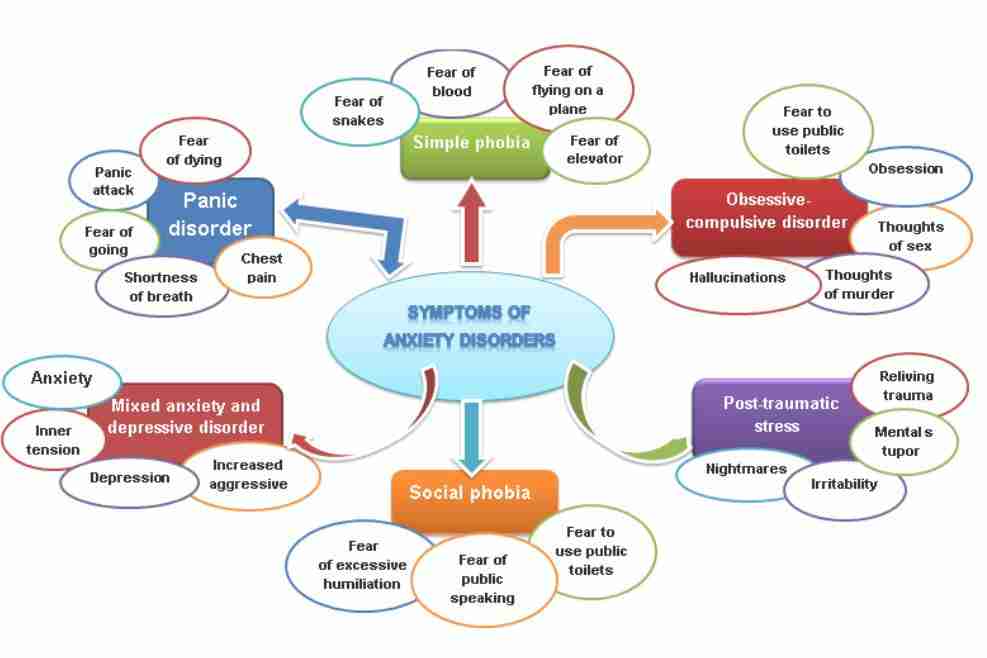
As we continue to suffer from our fear-related emotions without knowing how to deal with them, we may feel threatened by fear itself. Hopelessness can also develop as our environment consistently presents us with harmful or dangerous situations. At some point, our physical and psychological health begin to have a perpetually negative influence on each other. Thankfully, they can also have a positive impact on each other as well.
How to Deal with FearThough it sounds counterintuitive, leaning into fear can put it back into its rightful place. Instead of suppressing our emotions related to fear, we can notice and examine them without judgment to discern what they’re trying to tell us. We can then process our emotions in healthy ways as we remind ourselves how we want to engage with the world. Fear does not have to control us.
Though it sounds counterintuitive, leaning into fear can put it back into its rightful place.
“We need to work with this wild monkey mind of ours, because it’ll attach to the fear … It’ll pull us in,” says Dr.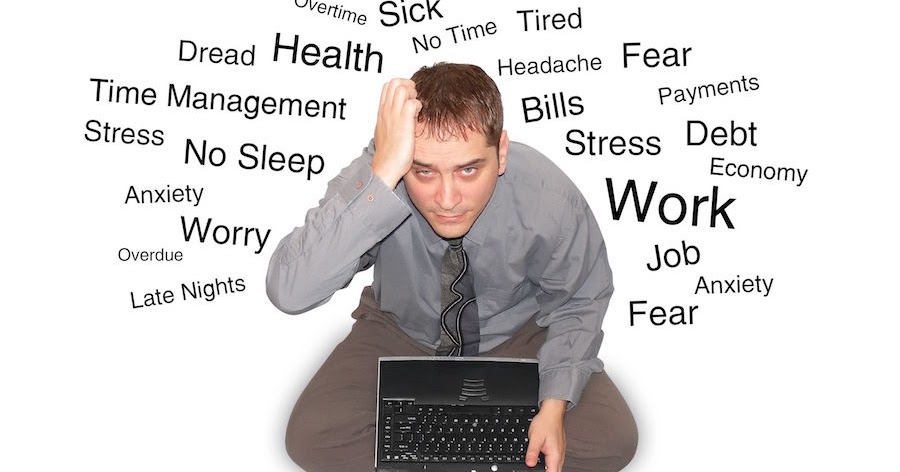 Caldwell. “Yes, pay attention to the fear. Don’t push it away, but just notice it. Start to really practice noticing, paying attention to when the fear comes up. And when it comes up, see if you can just let it be without having to change it, fix it, numb it, escape it.”
Caldwell. “Yes, pay attention to the fear. Don’t push it away, but just notice it. Start to really practice noticing, paying attention to when the fear comes up. And when it comes up, see if you can just let it be without having to change it, fix it, numb it, escape it.”
What does it look like to lean into fear? Dr. Caldwell discusses the importance of reminding yourself of who you are and who you want to be. Fear does not have to derail you; you can simply acknowledge its signals and allow your emotions to come and go.
Some practices that enable us to move through our emotions may include going for a walk, praying, meditating, journaling, or engaging in movement through yoga or dance. Talking to a trusted friend or counselor can also be very helpful when fear seems overpowering. We all experience overwhelming emotions, but if we choose to embrace them instead of suppress or run from them, they no longer have power over us.
How to Get HelpIf your fear has become unmanageable and you need professional help, we offer a range of programs and resources to help. Start your journey into recovery with us today.
Start your journey into recovery with us today.
How to Cope with Both, Differences, and More
Depression and anxiety might seem pretty distinct, for the most part.
The main symptom of depression is typically a lingering low, sad, or hopeless mood, while anxiety mainly involves overwhelming feelings of worry, nervousness, and fear.
But these conditions do actually share several key signs. Anxiety, for example, often involves irritability — and some people with depression may feel more irritable than sad.
Since these conditions can show up differently from person to person, you may not always know exactly what your symptoms mean.
It’s also possible to have both depression and anxiety at the same time: A worldwide survey from 2015 found that 41.6 percent of people reported having both major depression and an anxiety disorder during the same 12-month period.
One important thing depression and anxiety have in common? Both can improve with support from a mental health professional.
Below, we’ll break down the main symptoms and signs of each condition, plus offer some strategies for coping with symptoms and tips to find support.
Several key differences can help distinguish between symptoms of depression and anxiety.
Depression
It’s not at all unusual to feel sad, low, or hopeless from time to time, especially during difficult or painful life situations.
But feelings of sadness and emptiness that last for longer than 2 weeks can suggest depression, especially when positive events or changes in your environment don’t seem to have any impact on your mood.
Along with a low, sad, or empty mood, depression can also involve the following symptoms:
- loss of interest or enjoyment in your usual activities and hobbies
- a sense of hopelessness or pessimism
- anger, irritability, and restlessness
- a lack of energy or a sense of feeling slowed down
- chronic fatigue or sleep problems
- changes in appetite and weight
- difficulty concentrating, making decisions, or remembering information
- unexplained aches and pains or gastrointestinal concerns
- feelings of guilt, worthlessness, or helplessness
- thoughts of suicide, death, or dying
Need help now?
If you’re having thoughts of suicide, you can get support right away by calling or texting a crisis helpline.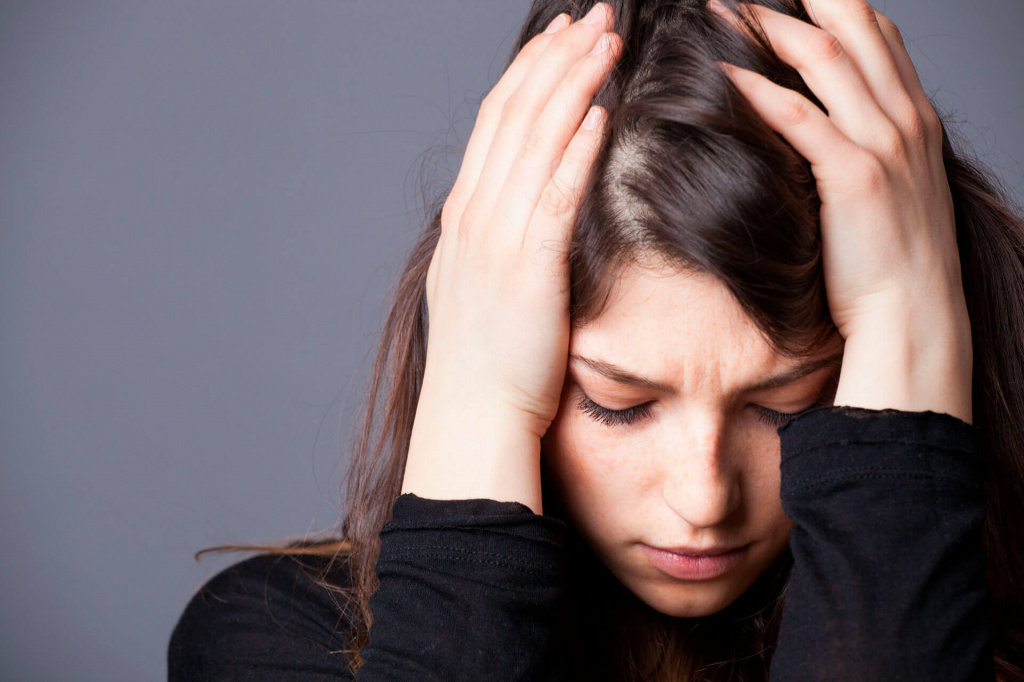
Trained crisis counselors can offer calm, compassionate support and guidance with managing overwhelming feelings of distress.
For free, confidential support 24/7, 365 days a year:
- Call 800-273-8255 to reach the National Suicide Prevention Lifeline.
- Text “HOME” to 741-741 to reach the Crisis Text Line.
Here’s how to help a loved one thinking about suicide.
Anxiety
Most people experience some anxiety — feelings of fear, nervousness, and worry — from time to time. Anxiety is part of how you respond to stress, after all, so you might experience some anxiety:
- before major life events
- when making important decisions
- when trying something new
But if you experience persistent or extreme anxiety on most days for several months, you could have generalized anxiety disorder (GAD) or another anxiety disorder.
Anxiety disorders go beyond worry about unexpected or challenging life circumstances. Your fears might center around more everyday concerns, such as your health, performance at school and work, or relationships. These worries can prompt lingering thoughts and fears that eventually begin to affect daily life.
These worries can prompt lingering thoughts and fears that eventually begin to affect daily life.
The main signs of ongoing anxiety include:
- difficulty managing fear and worry
- irritability, physical restlessness, or a sense of being on edge
- a sense of dread, doom, or panic
- sleep problems
- persistent fatigue
- brain fog
- physical symptoms like headaches, muscle tension, nausea, and diarrhea
Overlapping symptoms
While it’s important to remember not everyone with depression, anxiety, or both conditions will experience the same set of symptoms, the two conditions commonly involve several of the same symptoms.
Symptoms you could experience with either condition include:
- changes in sleep patterns
- changes in energy level
- increased irritability
- trouble with concentration, focus, and memory
- aches and pains or stomach issues that have no clear cause
Rumination can also happen with both conditions.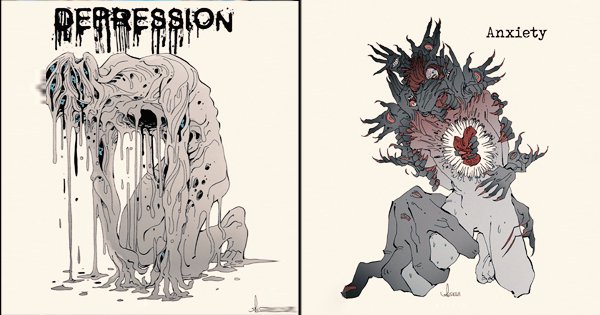 In basic terms, rumination refers to a persistent loop of dark, sad, or other negative thoughts. You may not want these thoughts, but you still can’t seem to stop thinking them.
In basic terms, rumination refers to a persistent loop of dark, sad, or other negative thoughts. You may not want these thoughts, but you still can’t seem to stop thinking them.
With anxiety, you might find yourself:
- stuck in a cycle where you explore, over and over, all the possible ways a situation could go wrong
- unable to stop thinking about all the things worrying you, even when you know you can’t do anything about them
With depression, you might find yourself:
- fixating on guilt about not having energy to spend time with friends
- going over and over past events and blaming yourself for things you have no control over, including feelings of depression
Get tips on breaking a cycle of rumination.
Again, it’s very common to feel low or sad, stressed or anxious, or any combination of the above, on occasion.
All the same, you’re the best person to recognize what’s typical for you. If you start to experience new, uncomfortable feelings, changes in your energy and motivation, or any other unusual symptoms, it never hurts to connect with a mental health professional for more guidance.
You might wonder whether an online self-test for anxiety or depression could offer more insight about the changes you’ve noticed. Some people do find these a helpful place to start — but a more personalized route might involve asking yourself a few questions:
- Do I spend a lot more time worrying than I have in the past?
- Do I feel sad, empty, or hopeless often?
- Have I lost interest in the things I used to enjoy?
- Have I started to avoid spending time with friends and loved ones?
- Do I worry about things I can’t control to the point where I have a hard time thinking about anything else?
- Do I become irritable or annoyed more quickly than I have in the past?
- Do I often feel restless, on edge, or unable to relax?
- Do I cycle through dark, unwanted, or fearful thoughts I can’t seem to stop?
- Is it difficult to fall asleep, get enough sleep, or wake up on time most days?
- Have I noticed unexplained pain, tension, or other physical symptoms?
- Do these changes affect my daily life or relationships?
If you answered “yes” to most of the questions above, it may be time to reach out to a therapist.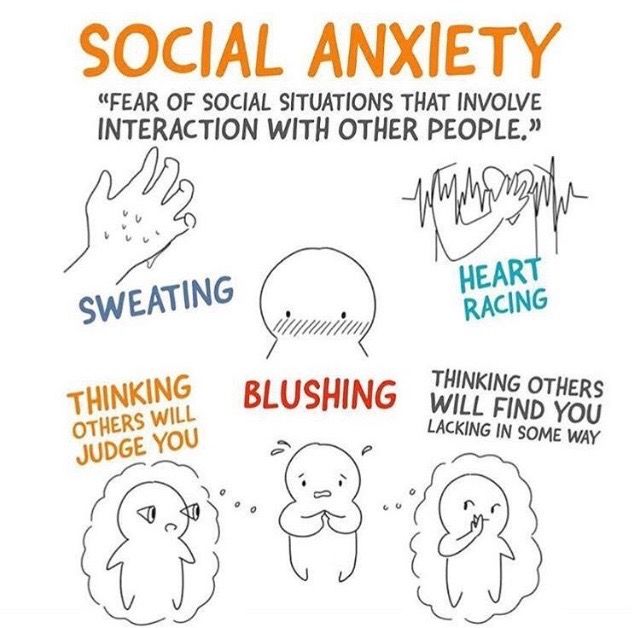
It’s always a good idea to get professional support for symptoms that:
- last longer than a week or so
- create problems in your daily life or personal relationships
- begin to affect your physical health
In therapy, you can get support with exploring the symptoms you’ve noticed and addressing them, whether they relate to depression, anxiety, or another concern entirely.
If you’re not feeling quite like yourself, a good next step involves reaching out to a mental health professional or other clinician who treats anxiety and depression.
Your regular clinician, if you have one, can offer a referral to a therapist. Depending on your symptoms, they might also recommend blood, urine, and other lab testing to help rule out underlying medical concerns. Certain health conditions, including thyroid conditions, can involve depression and other changes in mood.
No single test can diagnose depression or anxiety. Instead, your therapist will generally start by asking questions about your symptoms, including how long you’ve had them and how they affect your daily life, to get more insight on what you’re experiencing.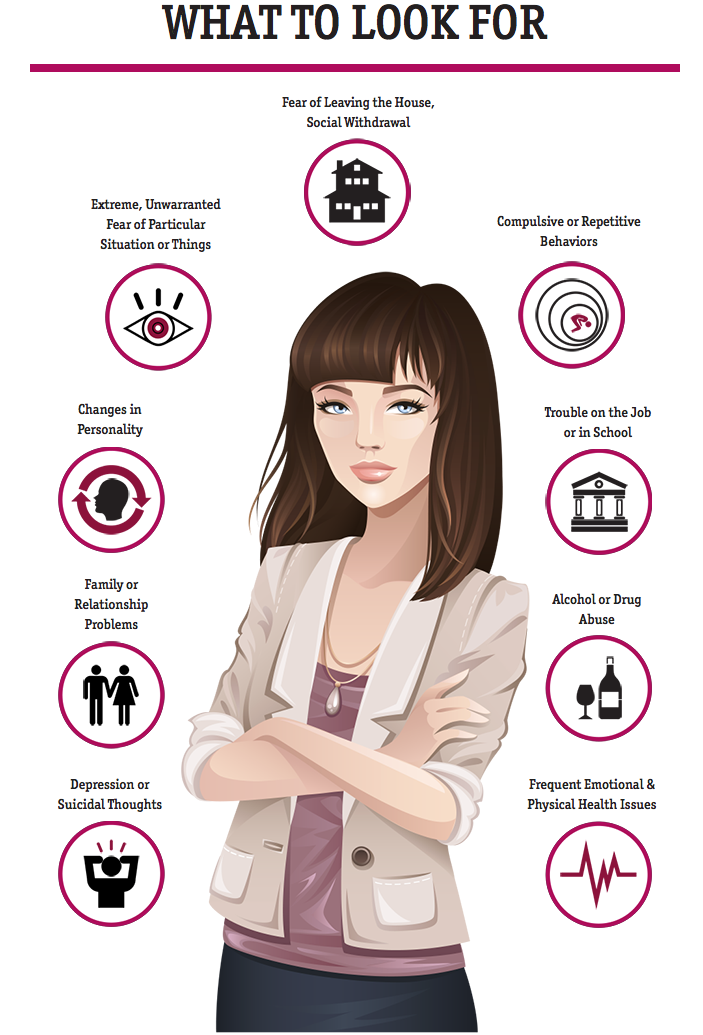
Keep in mind an open and honest description of your mood can help them better understand how you’re feeling, which can lead them to the correct diagnosis.
A good therapist won’t judge you or say you shouldn’t feel a certain way. They’ll listen with compassion and offer support with identifying and addressing your symptoms.
According to criteria in the “Diagnostic and Statistical Manual of Mental Disorders, 5th edition (DSM-5),” diagnosis requires:
- For depression: You experience at least 5 of the 9 main symptoms of depression most days, for at least 2 weeks.
- For anxiety: You experience excessive, uncontrollable worry, along with 3 additional anxiety symptoms most days, for at least 6 months.
If you meet criteria for both conditions, a mental health professional will typically diagnose both.
These tips can help with your search for the right therapist.
A therapist can offer more guidance on treatment options for anxiety and depression, but you can also take steps to cope with symptoms on your own.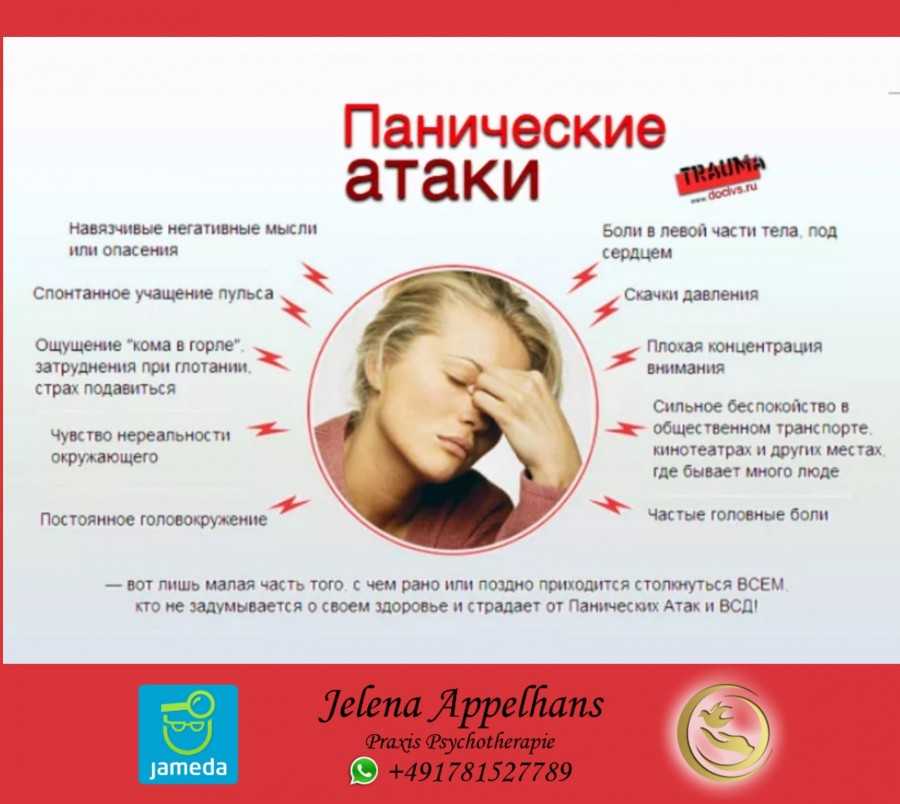
The strategies below may not always help, but trying different approaches at different times can help you learn more about what works for you. That insight can guide you toward a personalized toolbox of coping strategies, so you always have options to consider when feeling distressed or overwhelmed.
Your therapist can also offer suggestions for new strategies to try, plus offer tips on putting them into practice.
1. Allow yourself to feel what you’re feeling
Depression and anxiety are medical conditions, not the result of failure or weakness, and they’re absolutely not your fault.
Without a doubt, the unwanted emotions they cause can lead to plenty of distress. But knowing depression and anxiety result from underlying causes and triggers, not anything you did or didn’t do, can promote self-compassion instead of criticism or self-punishment.
2. Do something you have control over
Regaining some control in the moment could help overwhelming feelings feel a little easier to cope with.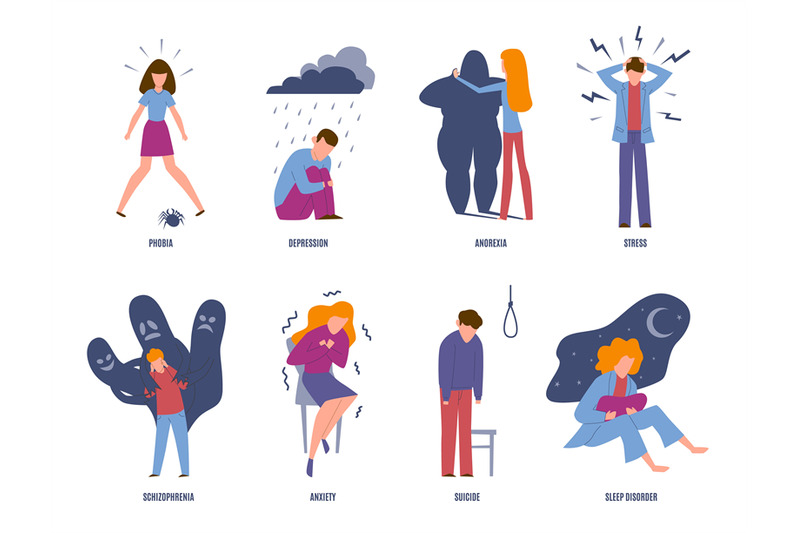
You don’t have to take any major action, but accomplishing a short task, such as making your bed, taking a shower, or unloading the dishwasher, can help boost a sense of accomplishment. It could also offer a temporary distraction.
3. Maintain a routine
A daily routine or regular schedule can create structure in your life and promote a sense of control, so it can sometimes help ease feelings of anxiety and depression.
Creating a schedule also offers the opportunity to build space into your day for self-care techniques that could make even more of a difference.
4. Aim to get a good night’s sleep
Not enough sleep can worsen symptoms of both anxiety and depression — but too much sleep can also affect well-being and mood.
Experts recommend most adults get between 7 and 9 hours of sleep each night for optimal health.
These tips can help you get the sleep you need:
- Make a habit of going to bed and getting up around the same time each day.

- Turn off electronic devices about 1 hour before bedtime.
- Create a soothing ritual that helps you wind down before bed.
- Keep your bedroom dark, cool, and quiet.
5. Try to eat balanced meals
Nourishing your body with whole foods, including fruits, vegetables, lean protein, and whole grains, can help you get the nutrition you need — and it could also help improve your symptoms.
Caffeine, refined sugars, and processed foods, on the other hand, could potentially worsen symptoms of both anxiety and depression.
You don’t need to cut these out of your diet entirely, but try to balance them with nutrient-dense foods when possible.
6. Try a walk around the block
According to 2019 research, 2.5 hours of exercise each week can help relieve both depression and anxiety. Exercising outside also appeared to offer more benefits than exercising indoors.
Physical activity can help naturally boost your mood by prompting the release of “happy hormones” in your brain.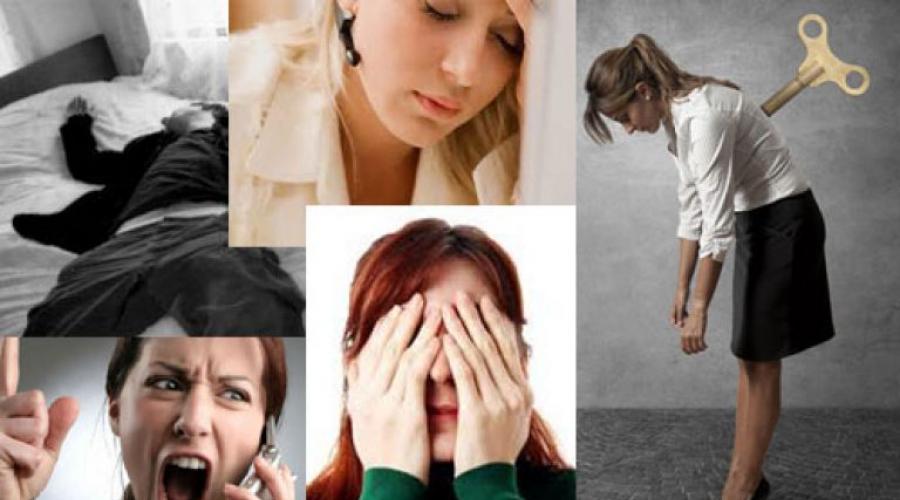
That said, exercising when living with depression or anxiety can be a challenge. If you’re able to exercise, it can help to start with small activities you can incorporate into your routine, such as:
- a walk around your neighborhood after dinner
- a weekend hike
- walking or biking to work instead of driving
- gardening
7. Make time for rest and relaxation
Mental health conditions like depression and anxiety can affect your energy and motivation, which often only adds to feelings of guilt and worry.
Remember, though: Depression and anxiety are health conditions. If you had the flu, you’d need time to rest, right? Mental health symptoms require recovery time, too.
Instead of fixating on the things you think you should be doing, honor your needs by taking time for activities that soothe and relax you. Maybe this includes things like:
- watching a comforting movie or TV show
- re-reading a favorite book
- cuddling with a pet
- spending time in nature
- cooking or baking
- listening to music or audiobooks
Relaxation techniques could also help reduce symptoms of depression and anxiety and improve day-to-day life.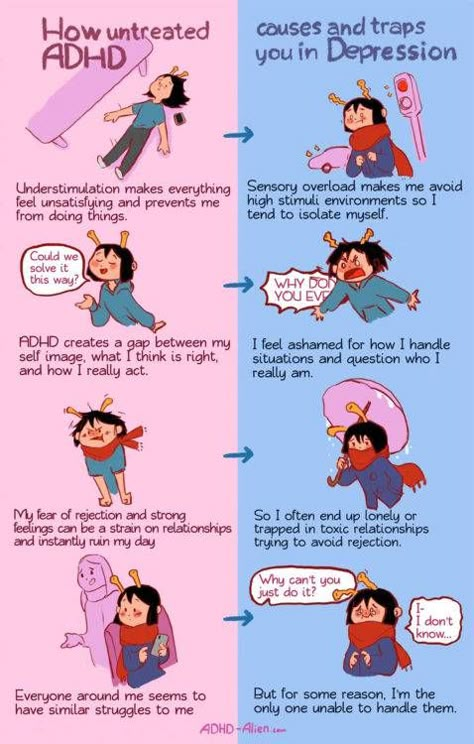
A few examples include:
- breathing exercises
- guided imagery
- progressive muscle relaxation
- massage therapy
- yoga
- meditation
8. Reach out to loved ones
Strong relationships can go a long way toward improving your outlook and emotional well-being when you live with mental health conditions.
Friends and family can:
- listen with compassion when you need to talk
- provide encouragement and emotional support
- join you in hobbies or activities that offer a positive distraction
- offer rides, grocery runs, and other more tangible forms of support when you have trouble getting things done
Simply knowing you have someone you trust in your life can often help you feel less alone, whether you actually want to talk about your symptoms or not.
Treating co-occurring depression and anxiety can sometimes be more complicated than treating one condition alone. Even when you get treatment for one condition, some symptoms might persist or seem to play off the others.
For example:
- You can’t stop worrying about all the things going wrong in your life, or thinking about the ways things could get worse. These fears eventually drain your energy and motivation to keep trying, leaving you feeling low and hopeless.
- Social anxiety keeps you from connecting with people in the ways you’d like. You want to make new friends but generally end up avoiding interactions instead. This leaves you feeling lonely, sad, and guilty, especially when thinking of those missed opportunities, but helpless to do anything differently.
A mental health care professional may recommend combining treatment approaches, since what helps ease depression symptoms may not always relieve anxiety symptoms, and vice versa.
Potential treatments for anxiety and depression include:
Therapy
Many different types of therapy can help treat anxiety or depression.
For example, interpersonal therapy for depression teaches communication strategies you can use to express yourself more effectively and get your emotional needs met.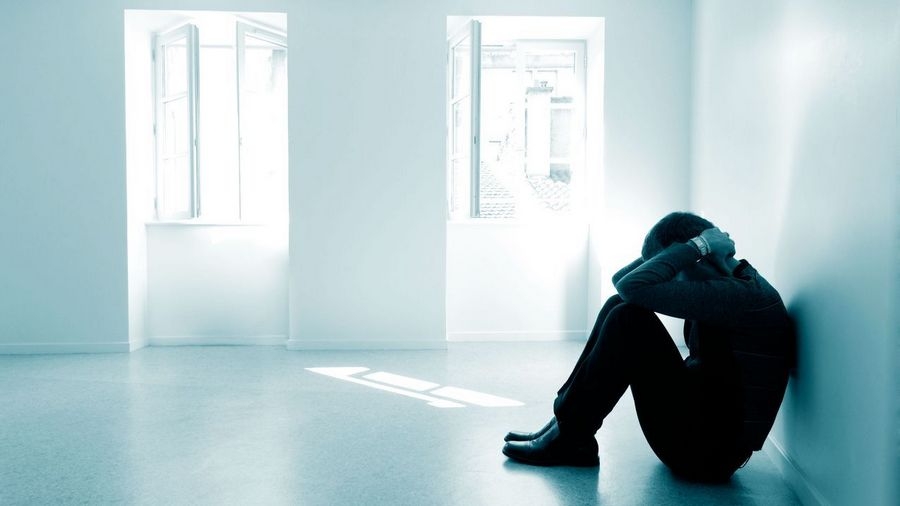 Exposure therapy, an approach that helps you get more comfortable with feared situations, can treat phobias, a type of anxiety.
Exposure therapy, an approach that helps you get more comfortable with feared situations, can treat phobias, a type of anxiety.
Other approaches can treat both conditions:
- Cognitive behavioral therapy (CBT) teaches techniques to identify, challenge, and reframe unwanted thoughts and behavior patterns.
- Mindfulness-based cognitive therapy teaches mindfulness techniques along with behavioral techniques to help you begin to manage unwanted feelings and stay present through them instead of becoming overwhelmed.
- Acceptance and commitment therapy teaches strategies to accept unwanted or distressing thoughts, stay present, and commit to positive activities that fulfill your personal values.
- Problem-solving therapy. This approach teaches using coping skills to manage mental health symptoms and life experiences that cause stress and other emotional turmoil.
Considering online therapy?
Most online therapy services offer treatment for both anxiety and depression, so if you’re hoping to find virtual mental health support, you’ve got a few options to consider.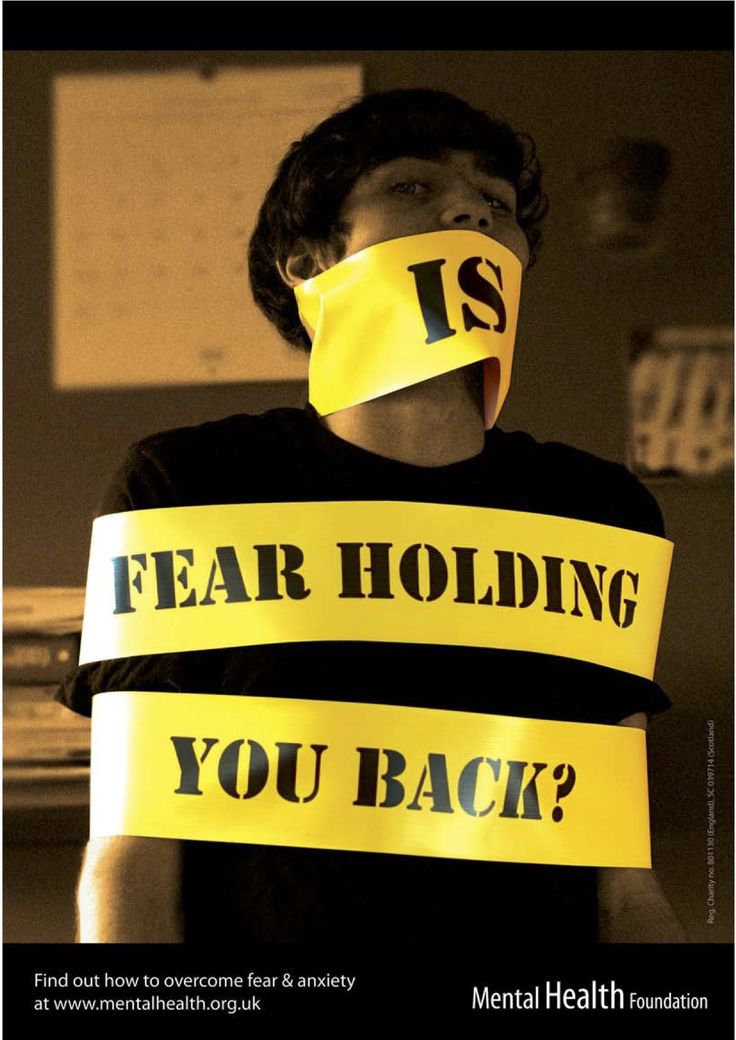
Our review of the best online therapy options can help you find a good fit.
Medication
Psychotropic medication can also help reduce anxiety and depression symptoms. It doesn’t help you address the cause of those symptoms, though, so your doctor or psychiatrist will typically recommend therapy alongside medication.
A psychiatrist or other clinician might prescribe:
- Antidepressants, including selective serotonin reuptake inhibitors (SSRIs) and serotonin-norepinephrine reuptake inhibitors (SNRIs). In some cases, these medications may also relieve anxiety symptoms.
- Anti-anxiety medications, including benzodiazepines, buspirone (Buspar), and beta-blockers. These medications can ease anxiety symptoms but may not improve depression symptoms. Benzodiazepines also carry a high risk of dependence, so your prescriber may try other medications first.
- Mood stabilizers. These medications may help treat depression symptoms that don’t respond to antidepressants alone.
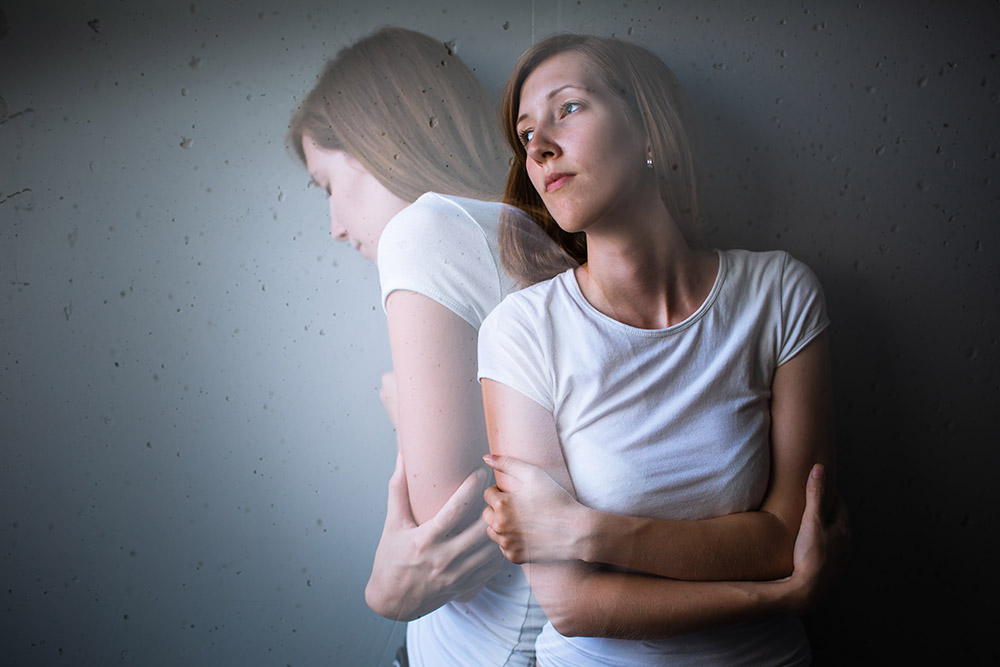
Other approaches
While these treatments don’t replace therapy or medication, they could still have benefit as part of your treatment plan.
Alternative approaches might include:
- hypnotherapy
- acupuncture
- supplements for depression or anxiety
Learn more about alternative remedies for depression and anxiety.
Anxiety and depression can feel overwhelming, especially when you live with both conditions, or aren’t exactly sure which condition you’re dealing with.
But you don’t have to manage those symptoms alone. Getting support for distress that lasts more than a few days or begins to affect your daily life can go a long way toward helping you find relief.
When it comes to treatment for depression and anxiety, you have plenty of options. A therapist can always offer more guidance with identifying symptoms and possible triggers, and exploring the most helpful approaches to treatment.
What do we know about anxiety and depression?
Evgeniy Gennadievich Ilchenko, psychotherapist of the Department for the Treatment of Borderline Mental Disorders and Psychotherapy of the National Research Center for Psychiatry and Neurology.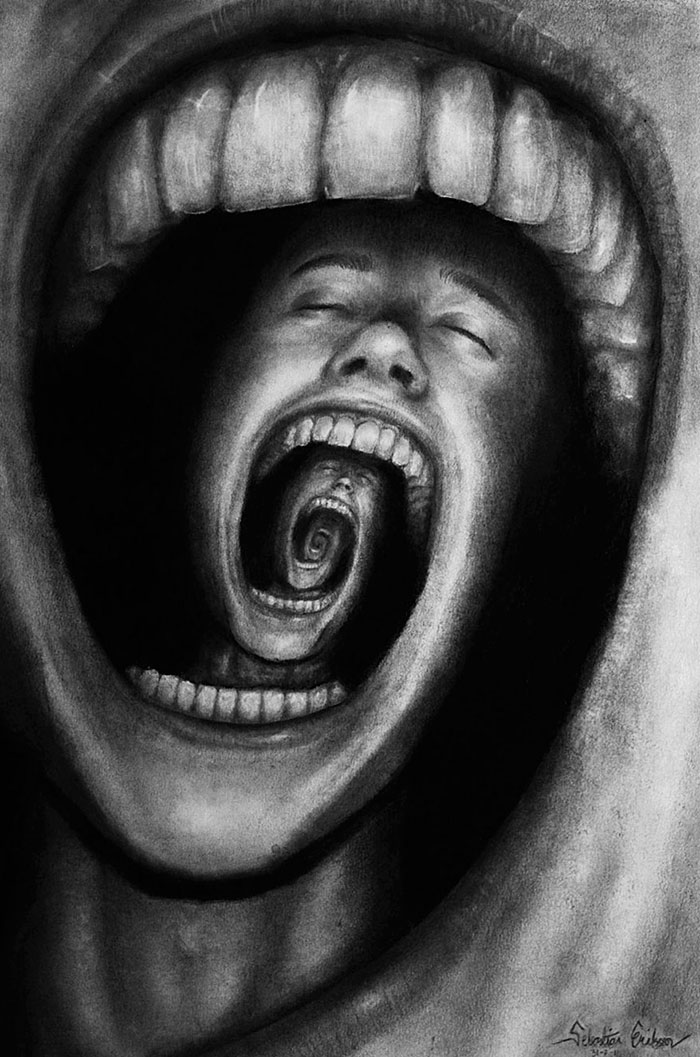 V.M. Bekhterev.
V.M. Bekhterev.
Anxiety, depression are conditions that are characteristic of disturbances in the state of the emotional sphere. Today, about 110 million people in the world suffer from depression. According to the World Health Organization, one in five women and one in fifteen men suffer from depression in major cities around the world. It is believed that by 2020 depression will take one of the first places among all diseases. Approximately 70% of depressed patients show suicidal tendencies, and depressed patients older than 75 have the highest rate of suicide. nine0004
I am suffering, I am afraid…
What is depression? Depression is a disease that can throw a person out of emotional balance for a long time and significantly impair the quality of his life. It can be difficult for you to concentrate, nothing is interesting, nothing pleases, doubts and fears are constantly overcome. Depression usually comes after a psychological trauma or negative event. Often it develops as if for no apparent reason. It can be caused by constant stress, accumulating fatigue, fears. Depression is more than just low mood. In this case, the work of the whole organism changes, as a person suffers from insomnia or early awakenings, he loses his appetite or begins to seize his anxiety, which leads to obesity and the development of metabolic syndrome, there is a hormonal imbalance. A person changes his attitude towards others and himself. nine0004
Often it develops as if for no apparent reason. It can be caused by constant stress, accumulating fatigue, fears. Depression is more than just low mood. In this case, the work of the whole organism changes, as a person suffers from insomnia or early awakenings, he loses his appetite or begins to seize his anxiety, which leads to obesity and the development of metabolic syndrome, there is a hormonal imbalance. A person changes his attitude towards others and himself. nine0004
Longing, apathy, anxiety…
How does depression manifest itself? The first symptoms include weakness, fatigue, unwillingness to do anything, strain once again, contact and communicate with people, go to work. Later, bodily symptoms may join these complaints - palpitations, sweating, trembling in the body, hot or cold flashes.
Three areas are involved in depression - emotional, mental and physical. At the emotional level, depression, melancholy, apathy, and anxiety are observed.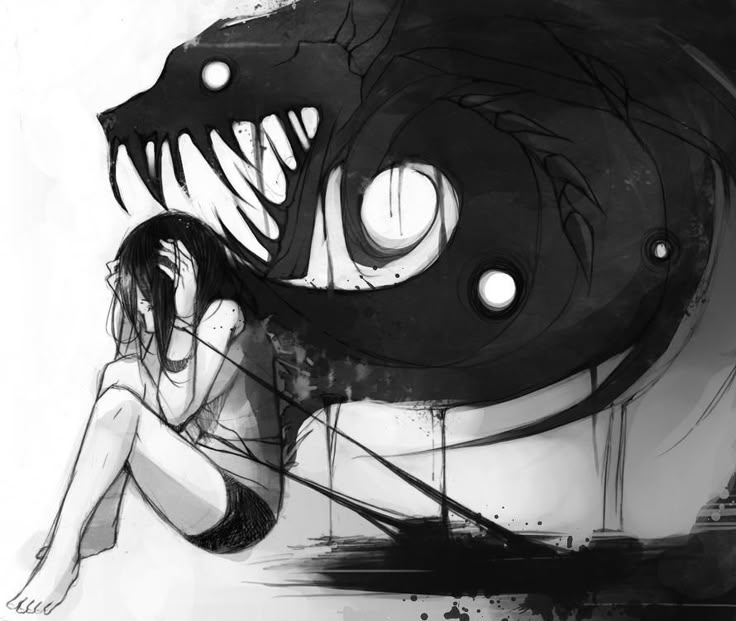 On the mental level - thoughts about one's guilt, self-accusations, a negative vision of the future, a feeling of hopelessness, that "no one will help me." On the physical level - chronic pain, muscle tension, constipation, dizziness, heaviness in the head. And all these symptoms can constantly change: “Today my head hurts, and yesterday my joints hurt, the day before yesterday my heart hurt.” nine0004
On the mental level - thoughts about one's guilt, self-accusations, a negative vision of the future, a feeling of hopelessness, that "no one will help me." On the physical level - chronic pain, muscle tension, constipation, dizziness, heaviness in the head. And all these symptoms can constantly change: “Today my head hurts, and yesterday my joints hurt, the day before yesterday my heart hurt.” nine0004
Maybe it's psychosomatics?
It is worth noting that there are different types of depression. According to the classification, depressions are diverse: major, minor, neurotic, autumnal, endogenous, psychogenic, reactive, etc. There is depression associated with the reproductive function of a woman, this is prenatal and postnatal. There is age-related depression associated with the physiological restructuring of the body, there is an obvious one that occurs with a sharply reduced mood, melancholy, and depression. There is a masked depression that hides under the guise of another disease.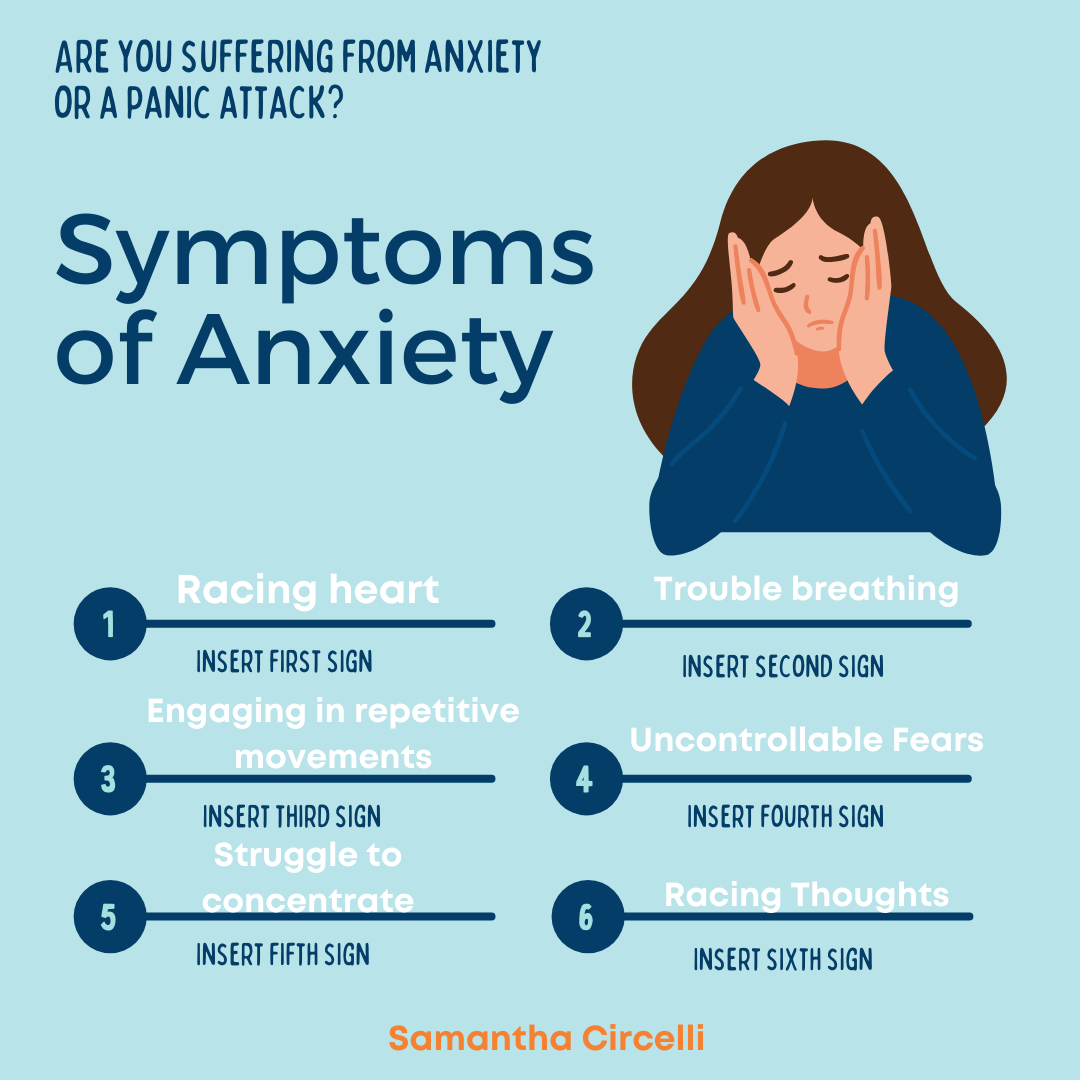 For example, chronic pain syndrome - pain in different parts of the body. There is depression, which is masked by gastrointestinal symptoms - diarrhea, constipation, stomach pain. Patients go to doctors for a long time and unsuccessfully, are treated by different specialists. But there is no improvement. At this stage, it is important to recognize psychosomatic disorders. It is worth looking, but what gives a person a disease? How is she good for him? It is quite possible that in this way a person attracts attention to himself, seeks location, manipulates loved ones and relatives. nine0004
For example, chronic pain syndrome - pain in different parts of the body. There is depression, which is masked by gastrointestinal symptoms - diarrhea, constipation, stomach pain. Patients go to doctors for a long time and unsuccessfully, are treated by different specialists. But there is no improvement. At this stage, it is important to recognize psychosomatic disorders. It is worth looking, but what gives a person a disease? How is she good for him? It is quite possible that in this way a person attracts attention to himself, seeks location, manipulates loved ones and relatives. nine0004
How can I help?
Sometimes depressed patients try to alleviate their mental state through physical pain, inflicting injuries and injuries on themselves. This is definitely not an option. How can others help such patients? First of all, do not ignore or forbid complaining, do not try to cheer up the patient, do not appeal to conscience and faith, do not demand the adoption of any important decisions, but simply be there and listen patiently.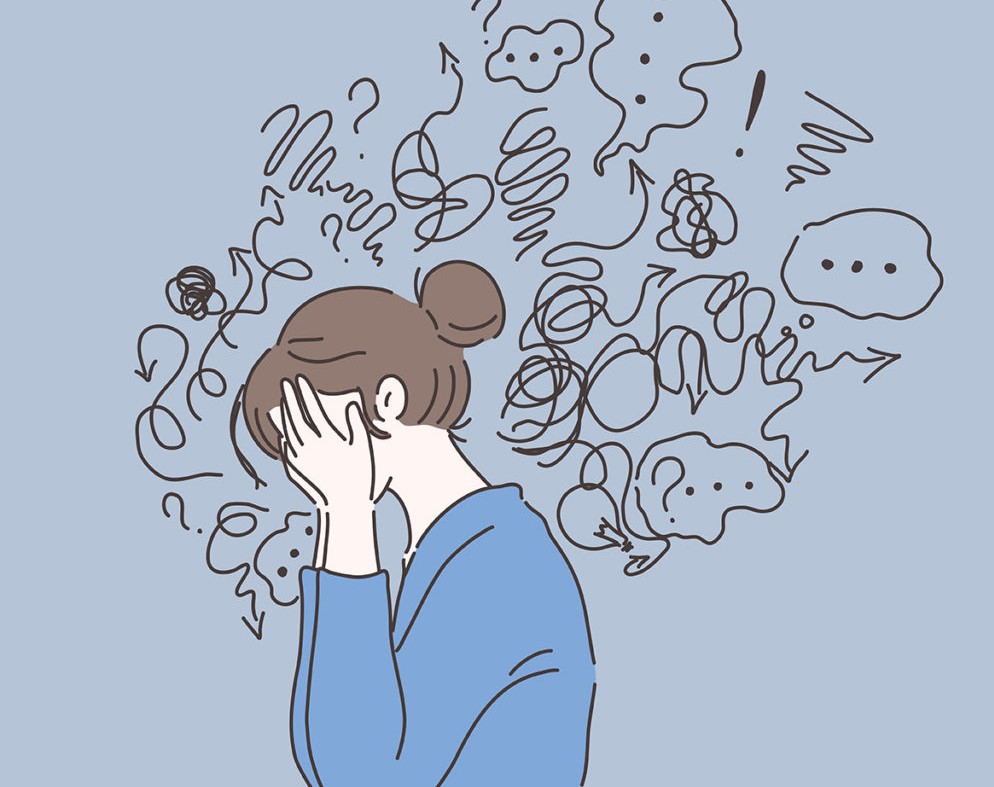 As for direct treatment, there is no “magic” remedy for depression. Various methods are used here: psychotherapy, pharmacotherapy, electroconvulsive therapy, physiotherapy, aroma and color therapy, physical activity. If we talk about the prevention of depression, then this is a healthy lifestyle and a positive attitude, communication with nature. nine0004
As for direct treatment, there is no “magic” remedy for depression. Various methods are used here: psychotherapy, pharmacotherapy, electroconvulsive therapy, physiotherapy, aroma and color therapy, physical activity. If we talk about the prevention of depression, then this is a healthy lifestyle and a positive attitude, communication with nature. nine0004
Experiences about the future
Depression is a negative experience of past life events that we cannot change, and anxiety is an experience for the future, this is a vague, unpleasant emotional state characterized by the expectation of an unfavorable development of events, the presence of bad forebodings, tension and anxiety. It is directed to the future, it is the expectation of something indefinite. The state of anxiety is pointless, but anxiety is a personality trait of a person prone to experiencing anxiety, and constantly experiencing it. Most often, a person's anxiety is associated with the expectation of the social consequences of his success or failure.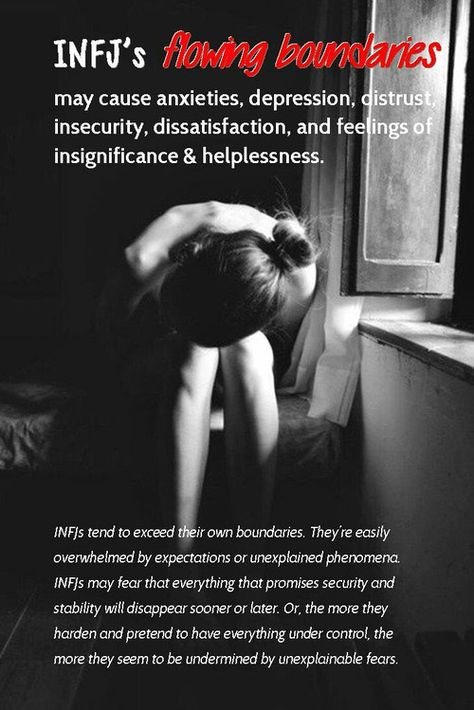 nine0003 Risk factors for the development of anxiety include childhood trauma, stress, personality traits, genetic predisposition, alcohol and psychoactive substances. Anxiety can be normal or excessive. In pathological cases, anxiety becomes constant and harmful, appearing not only in stressful situations, but also for no apparent reason, and then anxiety not only does not help a person, but begins to interfere with his daily activities.
nine0003 Risk factors for the development of anxiety include childhood trauma, stress, personality traits, genetic predisposition, alcohol and psychoactive substances. Anxiety can be normal or excessive. In pathological cases, anxiety becomes constant and harmful, appearing not only in stressful situations, but also for no apparent reason, and then anxiety not only does not help a person, but begins to interfere with his daily activities.
Panic attacks
The largest category of anxiety disorders are phobias, with about a hundred variants. Anxiety disorders include post-traumatic stress disorder, social anxiety, panic attacks, and separation anxiety. Speaking of anxiety, it is worth mentioning panic attacks separately. How do they appear? Unexpected internal tension, pointless fear, timidity, stiffness, feeling of danger, unreality of what is happening, "lump in the throat", chills, sweating, heart palpitations, suffocation, nausea, diarrhea, dizziness, goosebumps, restlessness. What to do in such cases? It is necessary to focus on the real situation, to calm down, to be distracted, to understand that there is no real threat. Auto-training, progressive muscle relaxation, breathing techniques work great. But this must be learned. The state of a panic attack can be constantly repeated and the fear each time feels real. It is necessary to learn to understand and catch yourself in a state of “pre-panic”, not to let yourself breathe heavily and rapidly, try to say “I” on the inhale, and “calm” on the exhale. nine0004
What to do in such cases? It is necessary to focus on the real situation, to calm down, to be distracted, to understand that there is no real threat. Auto-training, progressive muscle relaxation, breathing techniques work great. But this must be learned. The state of a panic attack can be constantly repeated and the fear each time feels real. It is necessary to learn to understand and catch yourself in a state of “pre-panic”, not to let yourself breathe heavily and rapidly, try to say “I” on the inhale, and “calm” on the exhale. nine0004
what causes them and how to get rid of them?
Depression is a common mental disorder. It goes hand in hand with an anxiety disorder with obsessive anxiety and fears. Due to depression, a person can be depressed for a long time, lose interest in life, suffer from low self-esteem, feel difficulty concentrating and powerlessness, and feel guilty.
Depression is not just sadness and blues. Almost everyone gets sad from time to time.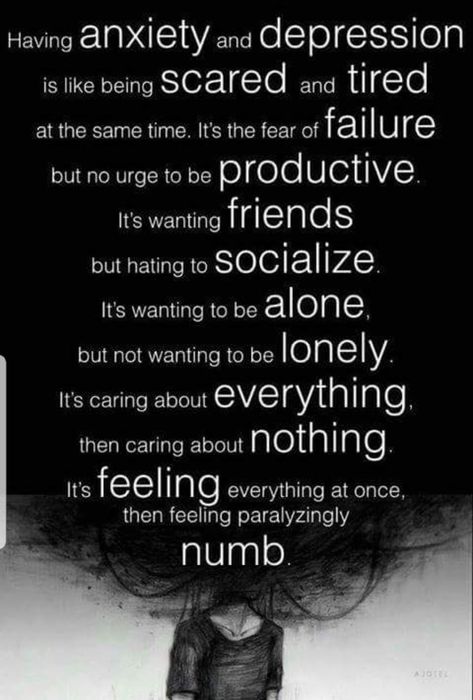 With a mental disorder, a person feels very strong emotions of anxiety, hopelessness and negativity, which result in a crisis. nine0004
With a mental disorder, a person feels very strong emotions of anxiety, hopelessness and negativity, which result in a crisis. nine0004
Signs of depression and anxiety
Depression can be accompanied by fatigue, apathy, sadness, loss of self-esteem and self-confidence, problems with concentration, loss of interest in favorite things and activities, constant anxiety and fear, unwillingness to contact others, a feeling of hopelessness. Of the physiological symptoms, the disease is often accompanied by sleep problems, lack of appetite, decreased sexual desire, and physical pain. Often the disorder provokes suicidal thoughts. nine0003
Here is how patients describe their state of depression:
- weakness, laziness, depression, sadness;
- helplessness, hopelessness, exaggeration of difficulties, inability to pull oneself together;
- loss of a sense of joy and interest in many events, a sense of the aimlessness of the future;
- tearfulness, irritability, touchiness;
- unwillingness to live, devastation, indifference, lack of feelings and emotions, even in relation to relatives; nine0063
- a feeling of time slowing down and the gloom of the world - faded foliage, dim sun.

Causes of depression
Depression develops suddenly. Physical illnesses, worries about divorce, loss of a loved one, unemployment or family troubles, and other negative events can serve as an impetus. Also, some chronic diseases can lead to a mental disorder - cancer, heart disease, pituitary gland injuries, back pain. nine0004
How to cope with an attack of fear?
You can suppress a panic attack with the help of proper breathing. You need to sit down, put one hand on your stomach. Then inhale slowly. The stomach should rise under the arm, and the shoulders should remain in place. Hold your breath for 5 seconds and then exhale slowly. Keep going until you calm down.
Attention! To relieve internal stress, you can resort to aromatherapy. Apply a few drops of lavender essential oil to a piece of cheesecloth and hold it against your nose while inhaling the scent.Or apply some oil on your forehead and sit quietly for a few minutes. nine0097
An effective relaxing remedy is a warm bath with lavender oil. Add some ether to the water and relax.
How to get rid of depression and fear?
First of all, consult a doctor. It is very difficult to cope with depression and the fears caused by this disease on your own.
In addition to the therapeutic course prescribed by the doctor, you can help your body overcome a mental disorder by adhering to the following recommendations: nine0004
- Go in for sports. During physical activity, the body releases mood-enhancing endorphins and lowers the level of chemical components that provoke a depressive mood. In addition, during exercise, body temperature rises, which leads to relaxation.
- Avoid alcohol. Alcohol relieves tension and nervousness, which is why it often becomes a favorite "medicine" for people with depression.
However, in the long run, it exacerbates the problem. nine0063
- Limit your coffee intake. Caffeine affects the nervous system and can aggravate the situation both in the short and long term.
- Learn to live in the present moment. All fears and worries are connected with the past or the future. Focus on the present. Don't feed the troll. The more you remember painful moments from the past or think about possible (most often far-fetched) problems of the future, the more threatening and unpleasant they are perceived by you. nine0063
- Meditate. Meditation helps to cope with anxiety and stress.
- Free your life from obvious tangible negativity. Hate your job, try to find another one. Suffering from unsuccessful relationships, break them. Do not like your reflection in the mirror, put yourself in order - get a new haircut, update your wardrobe, sign up for a gym.
- Throw out emotions. But try not to harm others. For example, to throw out irritation and anger, shout in a crowded place or box.
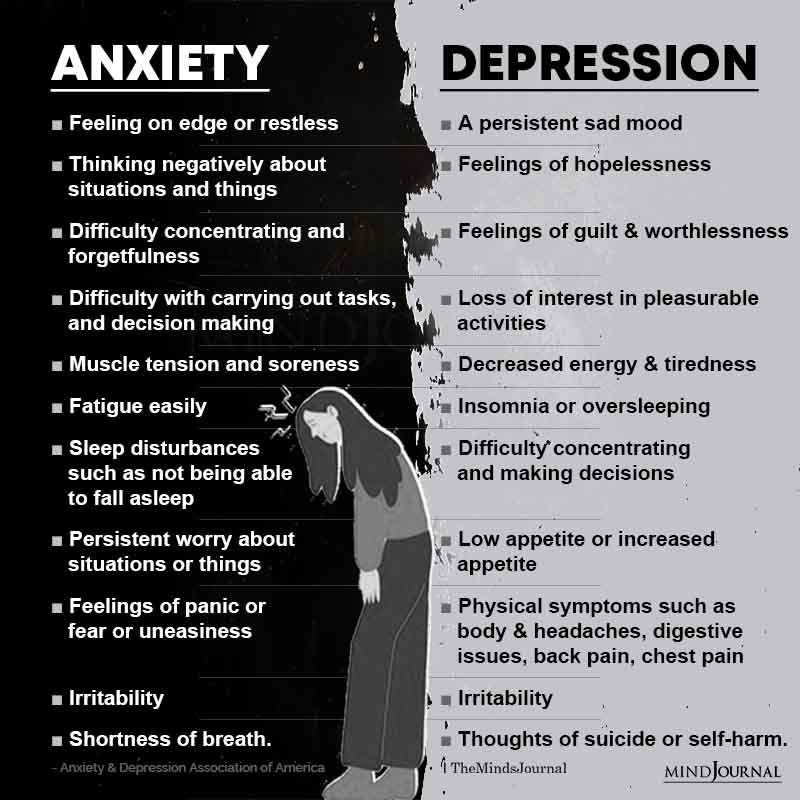
Learn more
